Agapanthus Problems: Tips For Treating Diseases Of Agapanthus Plants


Agapanthus, also called Lily of the Nile, is an attractive flowering perennial native to southern Africa. The plant is easy to care for and often disease free, but some agapanthus problems can be devastating. Keep reading to learn more about agapanthus diseases and treating diseases of agapanthus plants.
Agapanthus Problems
The first order of business when dealing with agapanthus diseases is self-protection. Agapanthus has a toxic sap that can irritate the skin. Always wear gloves, long sleeves, and goggles when cutting agapanthus stems. Diseases affecting agapanthus are often brought about by overwatering and too much moisture.
Gray mold
Gray mold is an unsightly fungus that spreads on dying blossoms. The mold needs standing water to grow, so prevent it by watering your agapanthus from below and spacing your plants to allow for good air circulation. If you already have mold, remove the affected parts of the plant and spray the healthy parts thoroughly with neem oil.
Anthracnose
Anthracnose is another of the agapanthus diseases that spreads through water. It causes yellow or brown leaf spotting and eventual drop, and can be treated in the same way as gray mold.
Rot
Bulb rot and root rot are both agapanthus problems that start underground. They show themselves above ground in yellow, wilted leaves and sometimes stunted plants. If you dig the plants up, you’ll find the roots or bulb decayed and discolored. If one of your plants is infected with root or bulb rot, it can’t be saved. The only thing you can do is discard it to prevent the disease from spreading to other plants. First, cut off the foliage at ground level and seal it in a plastic bag. Dig around the roots and lift them out of the ground, removing as much of the soil around them as you can. Seal the roots in a plastic bag and throw it and the foliage away. Cover the spot with a heavy layer of mulch - this will keep the sun away from any remaining roots and kill them.
Gardening tips, videos, info and more delivered right to your inbox!
Sign up for the Gardening Know How newsletter today and receive a free copy of our e-book "How to Grow Delicious Tomatoes".

The only child of a horticulturist and an English teacher, Liz Baessler was destined to become a gardening editor. She has been with Gardening Know how since 2015, and a Senior Editor since 2020. She holds a BA in English from Brandeis University and an MA in English from the University of Geneva, Switzerland. After years of gardening in containers and community garden plots, she finally has a backyard of her own, which she is systematically filling with vegetables and flowers.
-
 Looking For Plants To Give You The Soft And Fuzzies? Try These 5 Fuzzy Leaf Plant Options
Looking For Plants To Give You The Soft And Fuzzies? Try These 5 Fuzzy Leaf Plant OptionsLovers of texture, drama, silver foliage and tactile plants will adore these special sensory garden additions. These fuzzy leaf plant options will leave you all aglow
By Susan Albert
-
 Get Ready For A Summer Of Hummers! Grow These Full Sun Hummingbird Plants and Flowers
Get Ready For A Summer Of Hummers! Grow These Full Sun Hummingbird Plants and FlowersIf you’re lucky enough to enjoy a sunny backyard, make sure you are maxing out on your pollinator opportunities and grow these full sun hummingbird plants and flowers
By Tonya Barnett
-
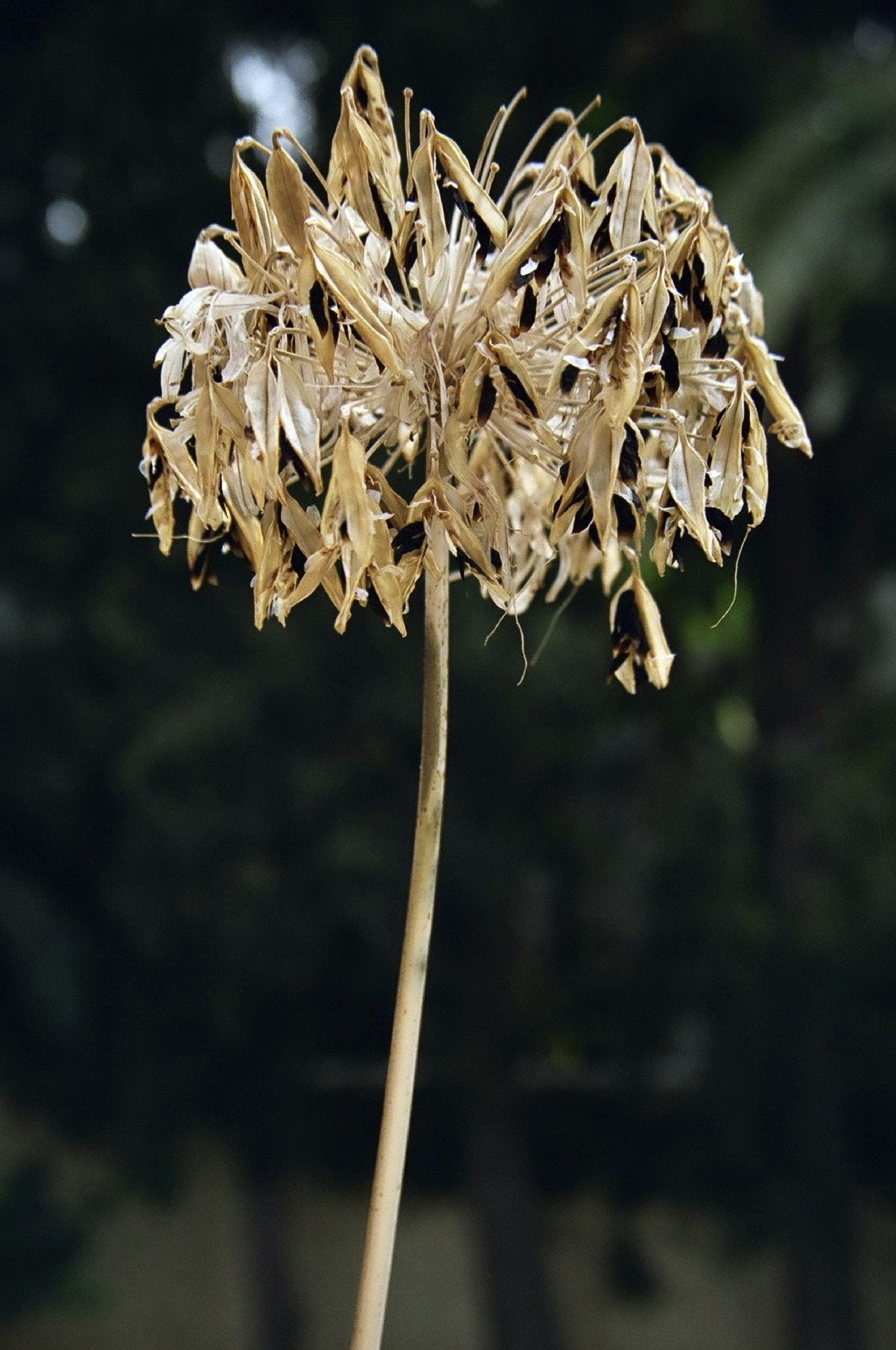 Agapanthus Pruning: Tips On Cutting Back Agapanthus
Agapanthus Pruning: Tips On Cutting Back AgapanthusTrimming agapanthus plants is an easy task that keeps this perennial bloomer from becoming shaggy and overgrown. Learn more about when and how to prune agapanthus plants in the article that follows. Click here.
By Mary H. Dyer
-
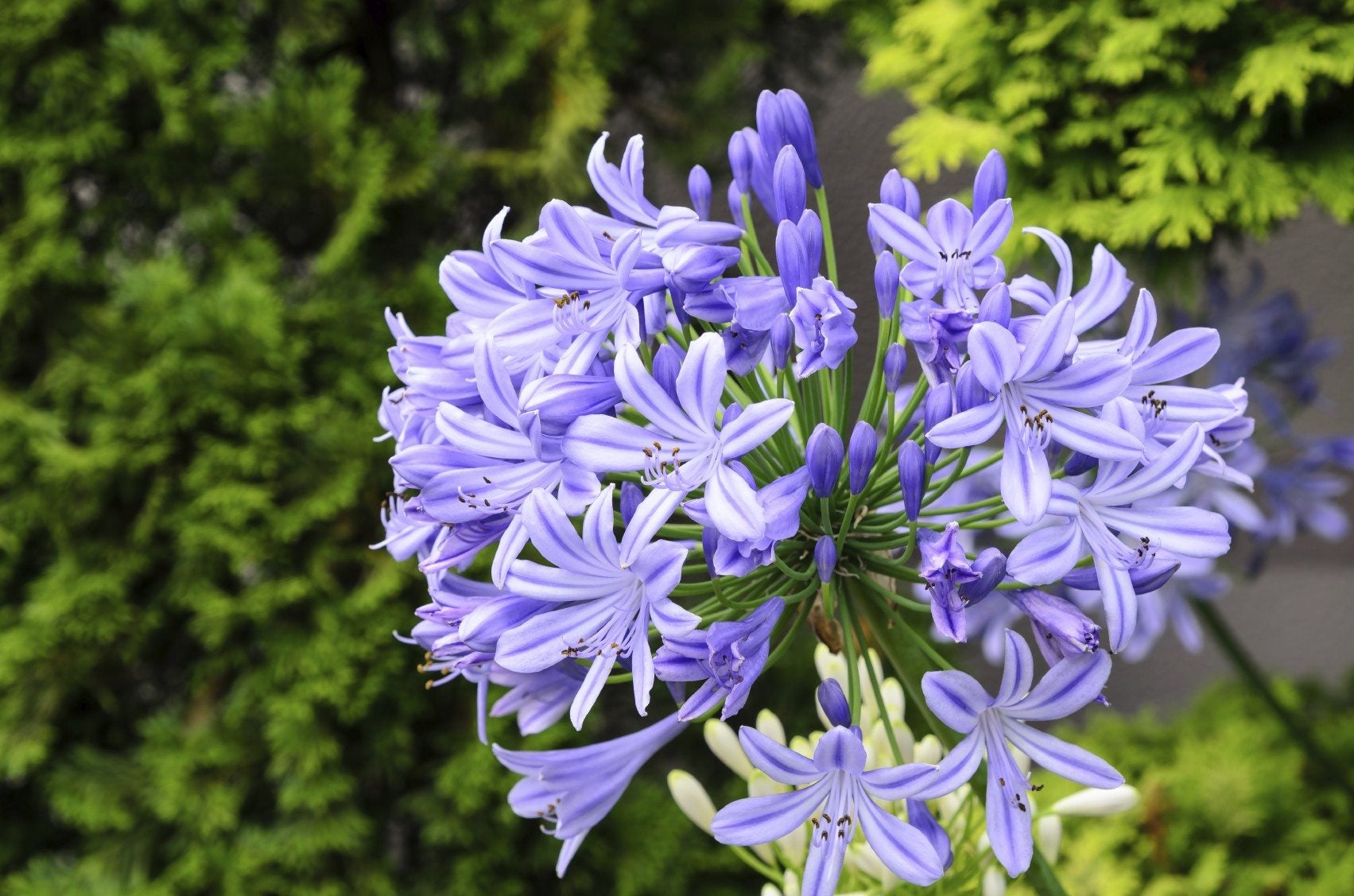 When To Fertilize Agapanthus – Tips On Fertilizing Agapanthus Plants
When To Fertilize Agapanthus – Tips On Fertilizing Agapanthus PlantsAgapanthus is a heavy feeder and does best with organic compost worked into the soil at planting and fertilizer during its growing period. Knowing when to fertilize agapanthus and what formulas to use will ensure big, bountiful blooms and healthy plants. Learn more here.
By Bonnie L. Grant
-
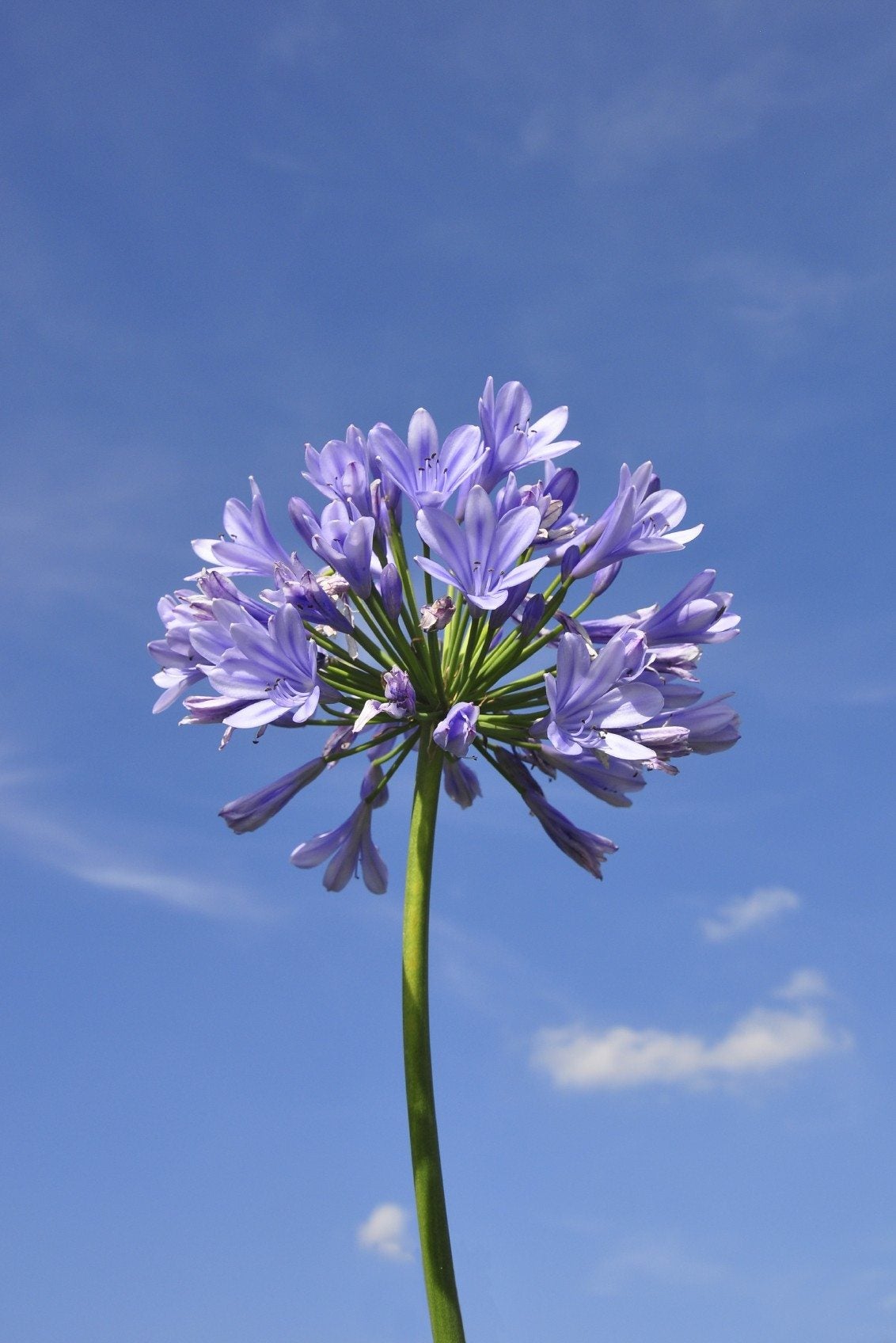 Agapanthus Flowering: Bloom Time For Agapanthus Plants
Agapanthus Flowering: Bloom Time For Agapanthus PlantsAgapanthus plants produce exotic-looking, lily-like blooms that take center stage in the garden. When is agapanthus bloom time and how often does agapanthus bloom? Click this article to find out so you can enjoy their flowers in your garden.
By Mary H. Dyer
-
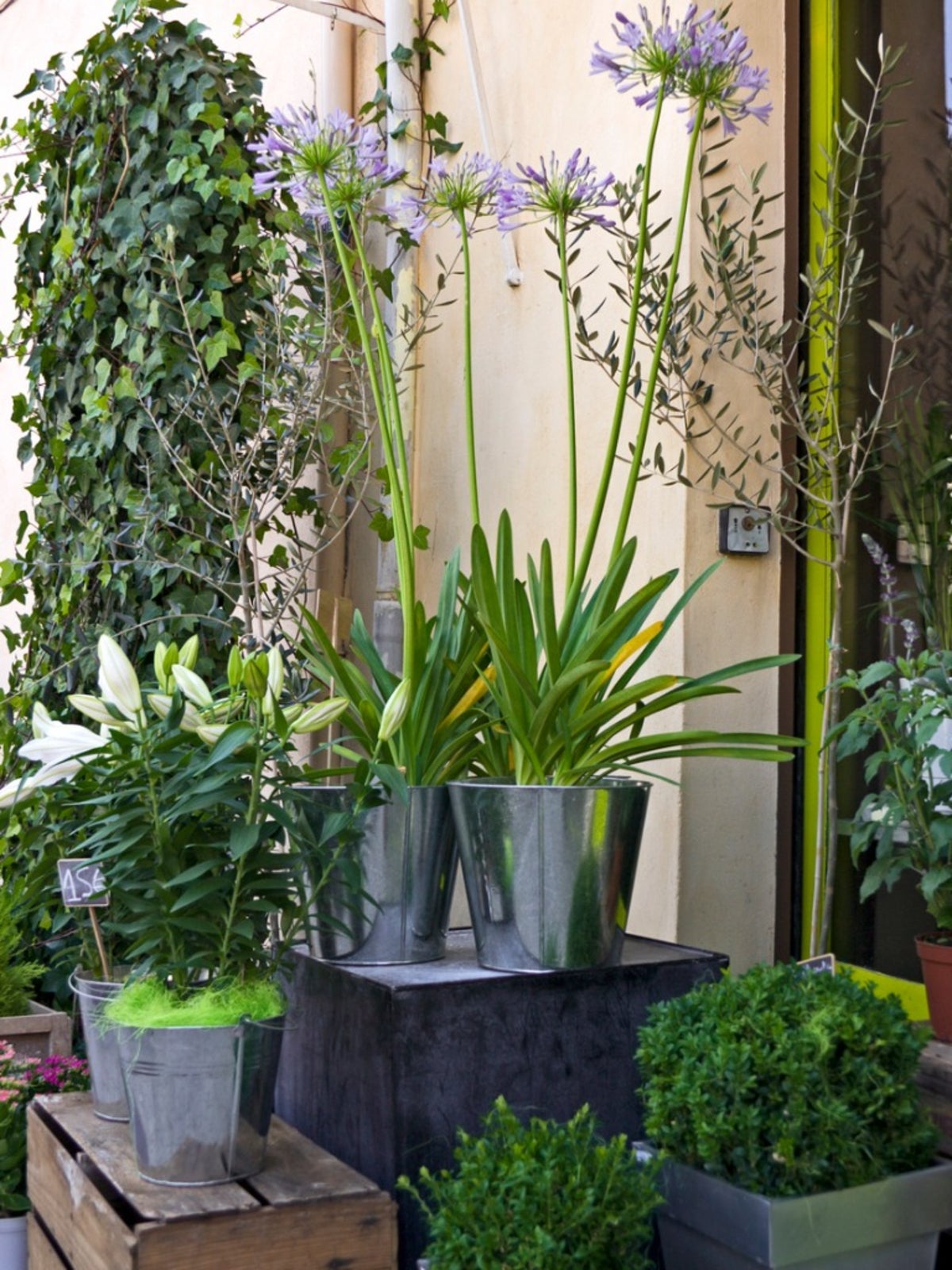 Agapanthus Container Planting: Can You Grow Agapanthus In A Pot
Agapanthus Container Planting: Can You Grow Agapanthus In A PotAgapanthus can be planted directly in the garden, but growing agapanthus in pots is very easy and worthwhile. Click the article that follows to learn more about planting agapanthus in containers and care for agapanthus in pots.
By Liz Baessler
-
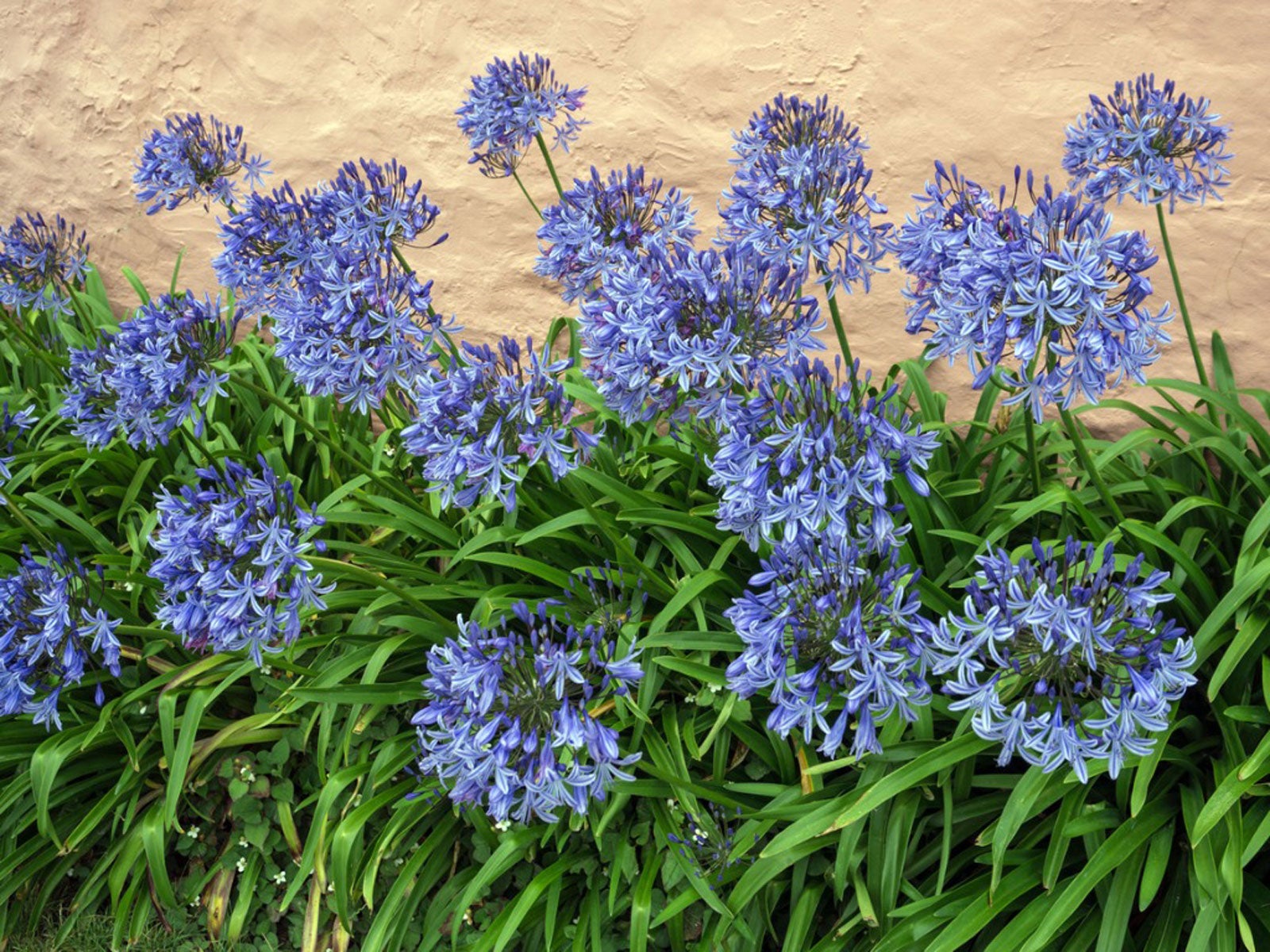 Dividing Agapanthus Plants: When And How To Divide An Agapanthus Plant
Dividing Agapanthus Plants: When And How To Divide An Agapanthus PlantYou can get extra plants by dividing and transplanting agapanthus. Learn more in this article so you can enjoy an endless supply of these flowers.
By Teo Spengler
-
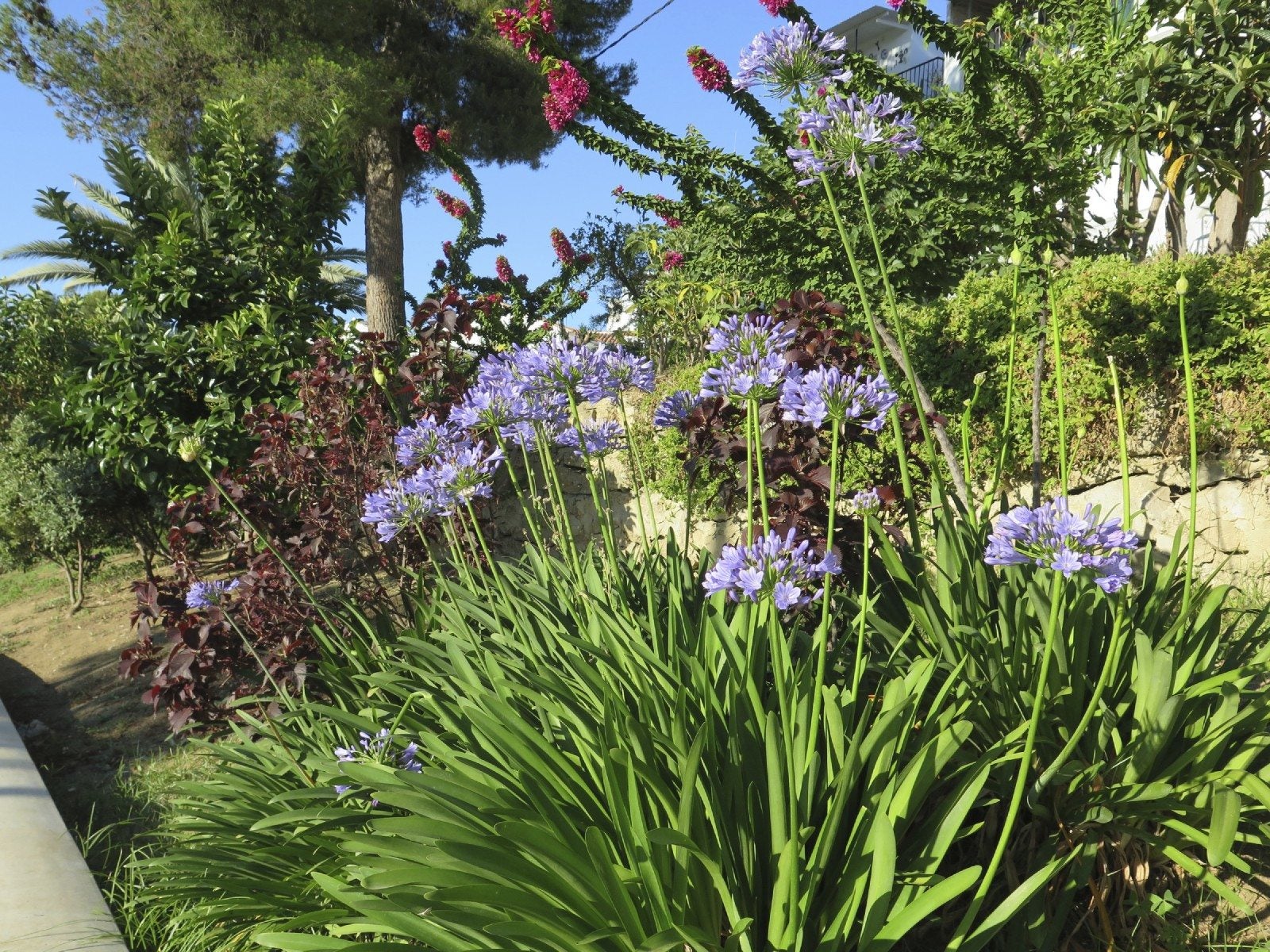 Companion Planting With Agapanthus: Good Companion Plants For Agapanthus
Companion Planting With Agapanthus: Good Companion Plants For AgapanthusAlthough you may be tempted to dedicate a flower bed to agapanthus, remember that agapanthus companion plants can complement these beauties. Click this article for information about plants that grow well with agapanthus.
By Teo Spengler
-
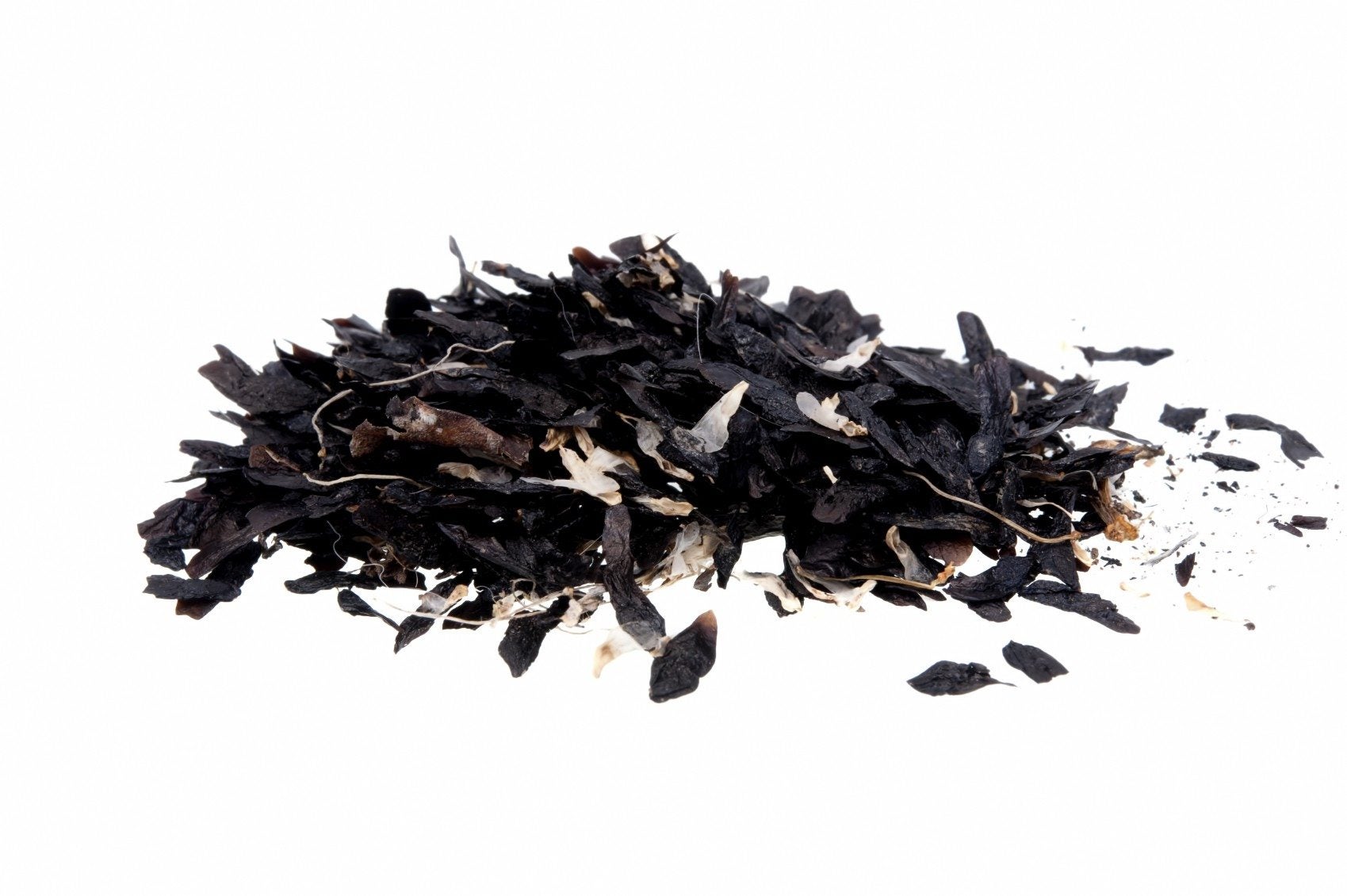 Agapanthus Seed Pods – Tips On Propagating Agapanthus By Seed
Agapanthus Seed Pods – Tips On Propagating Agapanthus By SeedAgapanthus seed propagation isn't difficult, but keep in mind that the plants likely won't produce blooms for at least two or three years. If this sounds like the way to go, read this article to learn about propagating agapanthus by seed, step by step.
By Mary H. Dyer
-
 Does Agapanthus Need Winter Protection: What Is The Cold Hardiness Of Agapanthus
Does Agapanthus Need Winter Protection: What Is The Cold Hardiness Of AgapanthusThere is some discrepancy in the cold hardiness of Agapanthus. A U.K. gardening magazine undertook a trial in southern and northern climates to determine the cold hardiness of Agapanthus and the results were surprising. Learn more here.
By Bonnie L. Grant